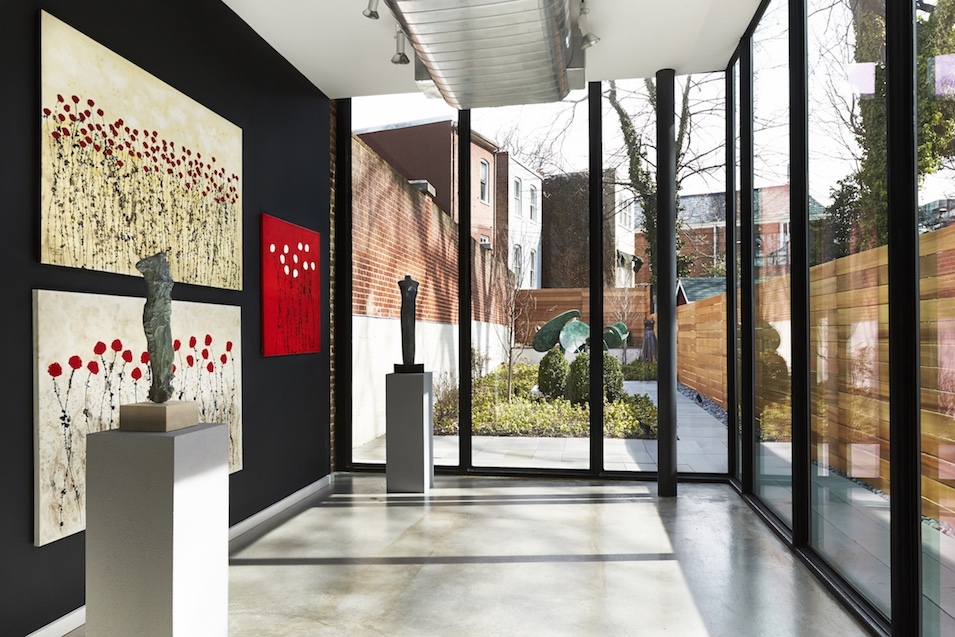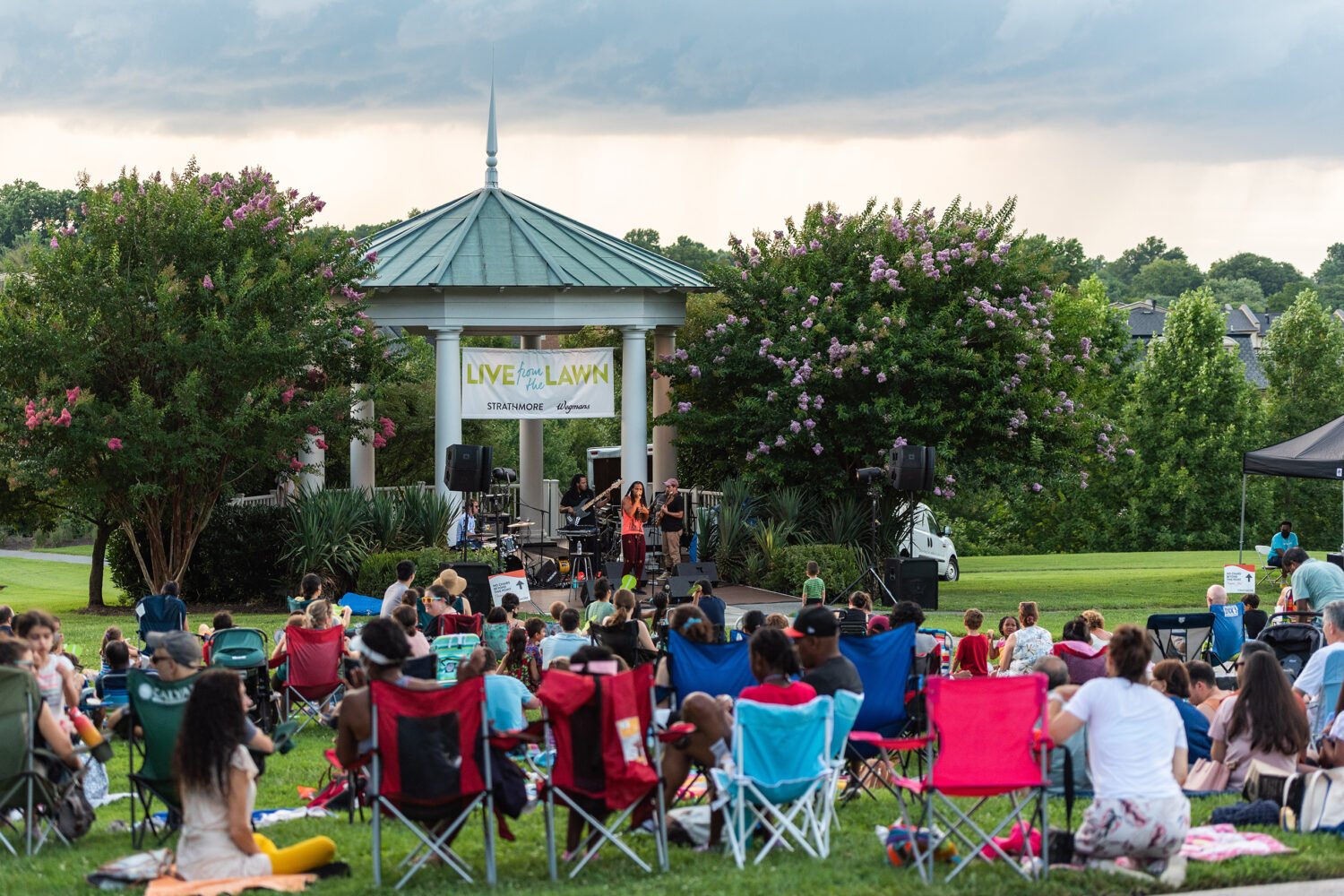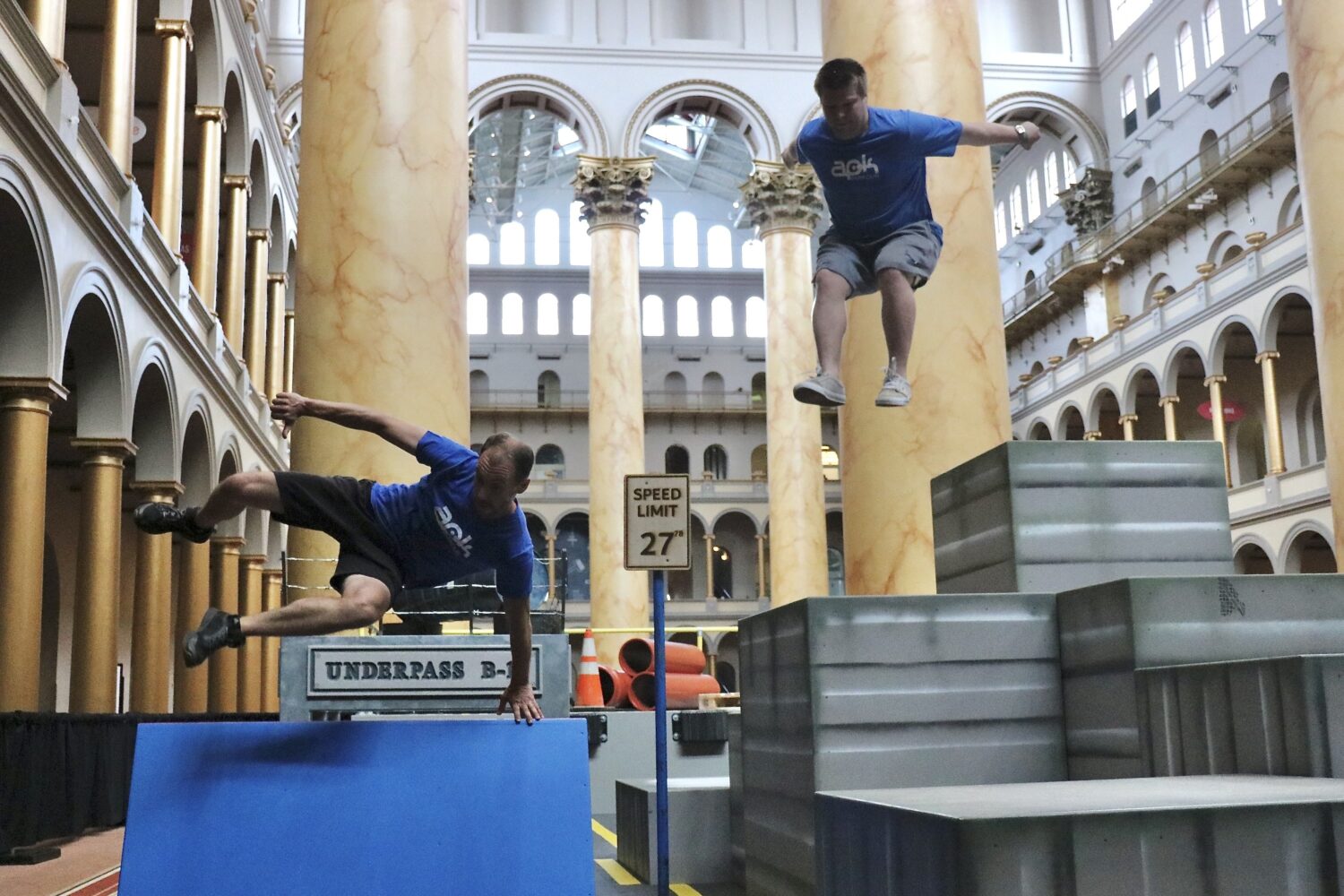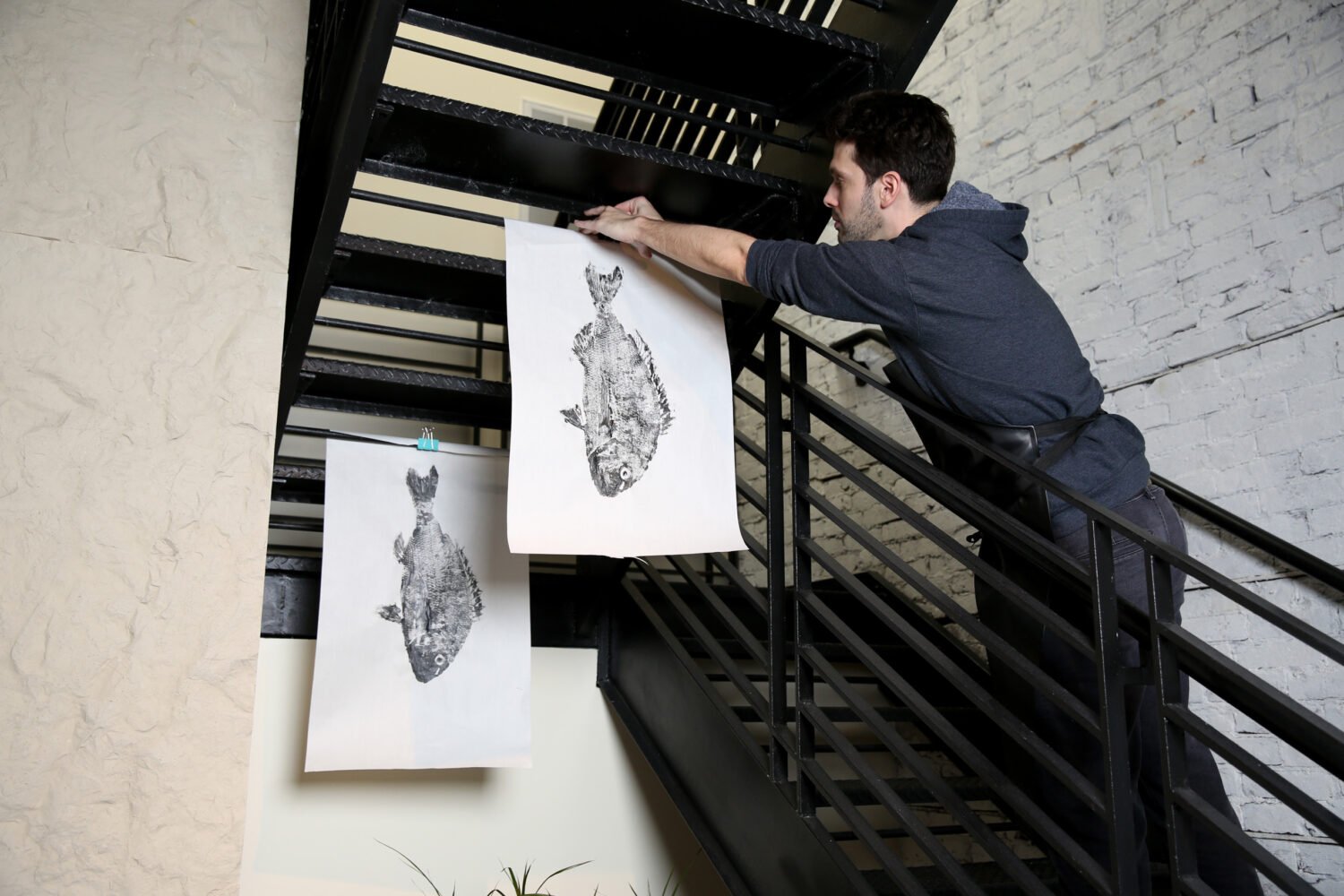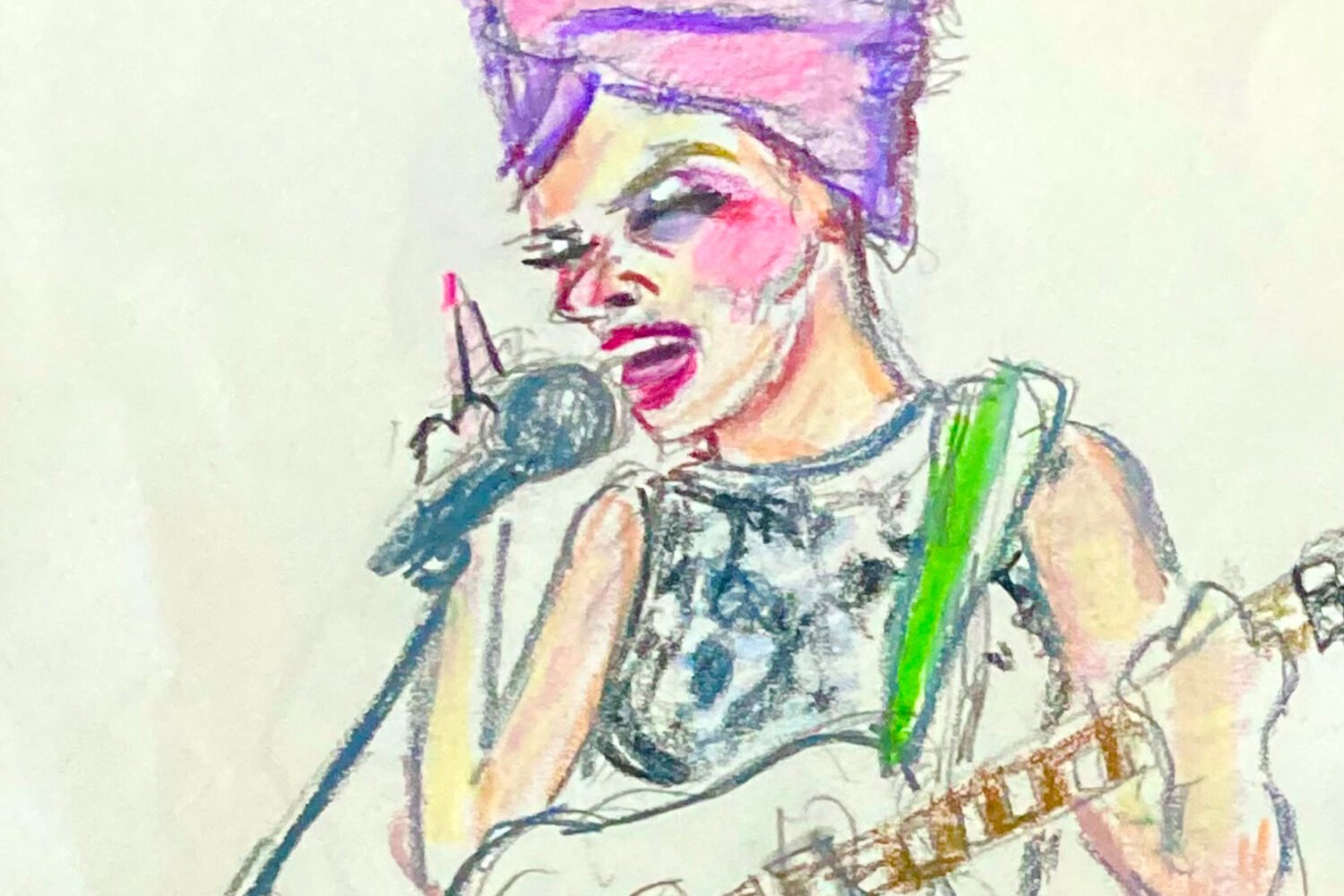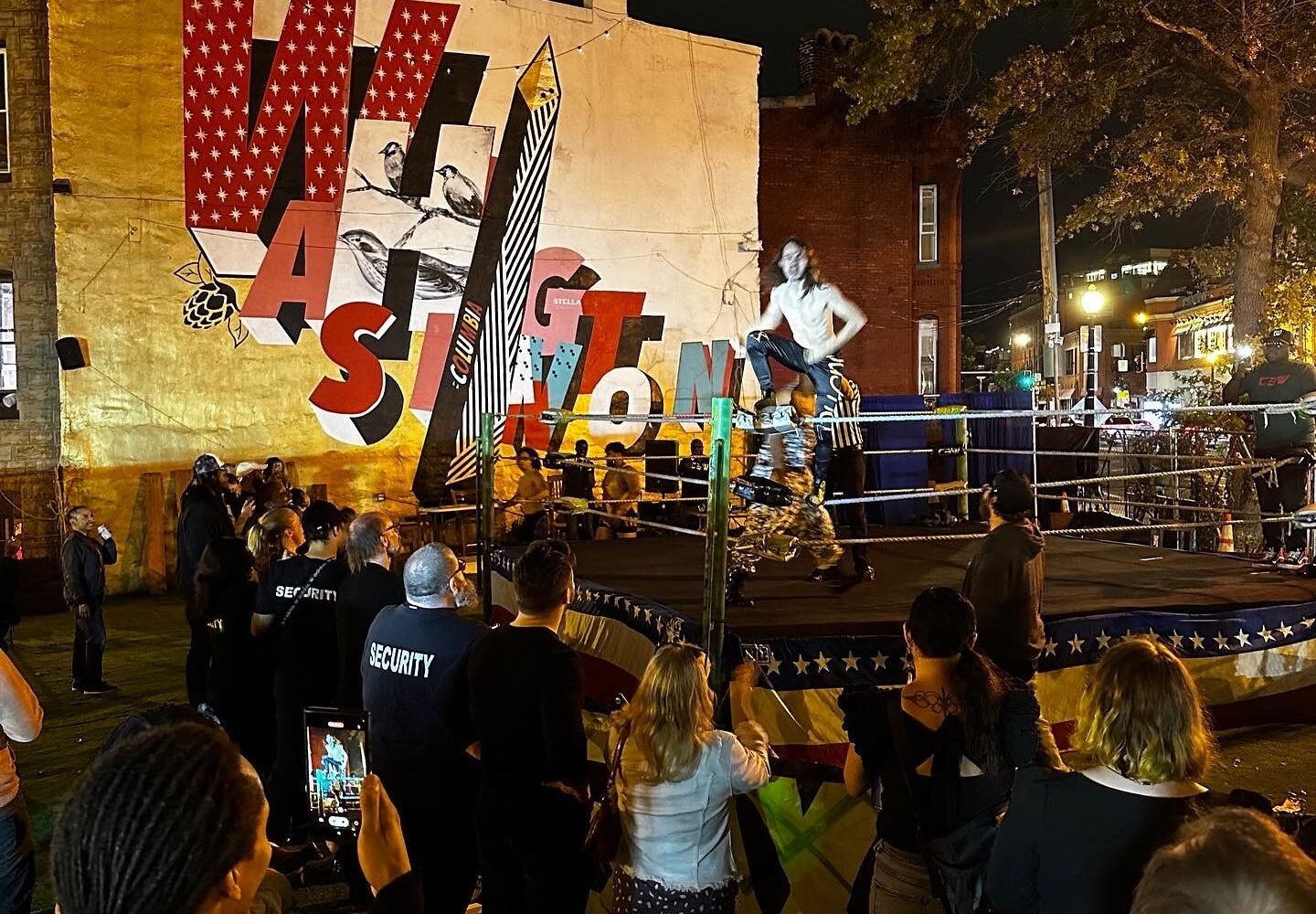Here’s the hard truth: Getting rich off art isn’t easy. Chances are that pretty landscape you bought at the flea market isn’t actually a Renoir. And that painting you bought at an art gallery for $100? You’ll probably never sell it for a thousand bucks. “A very small percentage of works increase in value in the short or even long term,” says Peggy Sparks, director of Artist’s Proof in Georgetown. “Purchasing art for investment should not be your only motivation.”
According to Sparks, budding art collectors should be motivated by the actual art–not the cash it may bring them in the future. Still, she says, it’s important to spend wisely. Here are her five tips for starting an art collection.
1. Do your homework
That means looking up past sales prices for the artist you’re interested in. You might not have much luck if previous sales came from galleries, where money talks typically occur behind closed doors. If the artist’s work has sold at auction, however, you can take a look at public sale results. “There are so many resources available at our fingertips,” Sparks says. “Online resources such as Artprice allow you to compare previous auction prices.” Log on to those websites and search for a piece by the same artist–just make sure it was made around the same time and produced with similar materials as the piece you’re interested in. Compare those auction results to the price you’re considering, and go from there.
2. Ask the right people the right questions
Let’s say those auction results show amounts around $1,000, but an art dealer is asking $2,000 for a similar work. That means it’s time to ask some serious questions. Sparks explains: “Art advisors and consultants can tell you if a work is worth the money you’re paying for it. Check with gallery directors that have represented artists you want to collect to see how the prices have moved over the last few years and how they have been received.” Also, don’t be afraid to negotiate. Art dealers are usually willing to work with you; some may even let you pay in interest-free installments.
3. See the work in person
Buying art online is risky. Forgers have been known to sell through eBay, and without seeing a painting in person, it’s difficult to appreciate its quality. Plus, it’s always better to buy from a reputable gallery. If an artist is represented by a big name, like Pace or Marlborough, then that alone can lend credibility to the market. Sparks says: “Galleries are invested in the artists they represent and thus do a lot to promote their value. The prices of artists sometimes double when credible galleries show their works.”
4. Value–like beauty–is fleeting
If Madonna just dropped thousands of dollars on the work of an emerging artist, it’s likely that artist will immediately bump up sales prices. But that doesn’t necessarily mean those high prices will stick around. Sparks explains: “When a celebrity purchases a work by an artist, it catapults the artist to fame overnight. When a famous art critic writes about an artist, it pushes the prices of the art up immediately. However, whether or not the value can be maintained in the long run is questionable. Don’t make a purchase because someone else has bought it. Buy it because you see a value in it for you.”
5. Fall in love cautiously
Impulse buys probably aren’t the best approach to art. Sparks recommends taking your time. Visit the gallery at least twice and think about how that painting will look in your space. (Some galleries will even arrange a private showing at your home–all you have to do ask.) Because it’s unlikely your purchase will skyrocket in value in the next few years, it’s important to buy art because you geniunely like it. “If you make a purchase purely for the sake of investment, there is a high chance that you will be disappointed,” Sparks says. “If you buy works that you love, a drop in the market value will not send you over the cliff.”

